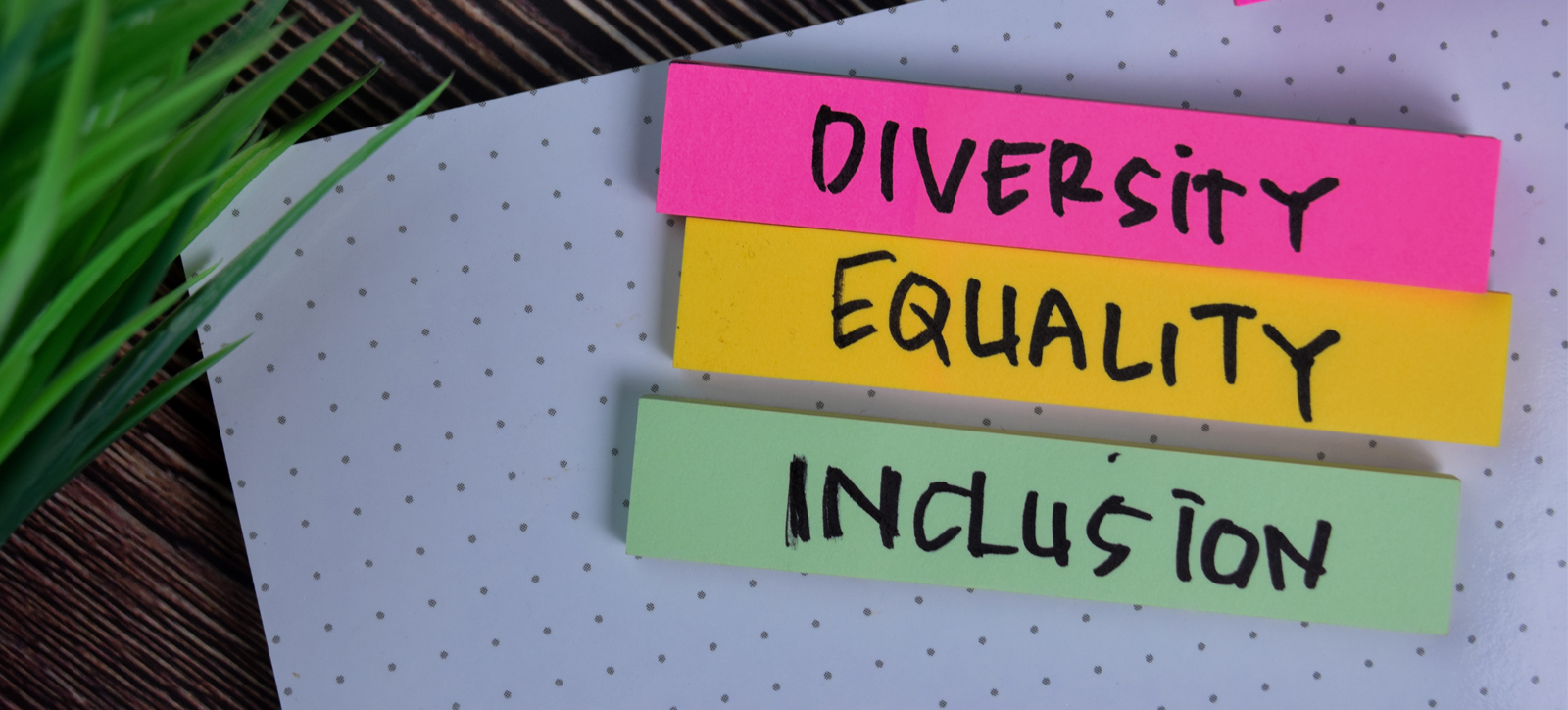
We’ve heard a lot about the business case for diversity and inclusion recently. "Inclusion is key to your bottom line", argued the CEO of the Royal Academy of Engineering.
In 2015, McKinsey examined the finances and composition of top management and boards of 366 public companies in Canada, Latin America, the US and the UK. Their results suggested that the more racially and ethnically diverse companies were 35 per cent more likely to have higher financial returns. For companies with higher gender diversity, the figure was 15 per cent.
Academic research conducted by MIT economists in 2014, which looked at data from one large US company, demonstrated that revenues increased when offices became more gender diverse. While Stephen Frost’s The Inclusion Imperative showed how the London Olympic and Paralympic Games created a more diverse workspace and better business.
These are but a few examples of a wider trend. As one Financial Times article summarised: "the evidence is growing – there really is a business case for diversity."
However, equating the "business case" with the financial bottom line only is both dangerous and counterproductive. Even studies like McKinsey’s are careful to stress that correlation does not equal causation. Other factors matter too.
Untangling them to demonstrate robust causal links is exceedingly difficult, especially in larger samples. Beyond this, there is also the question of what this line of argument assumes.
In particular, as scholars like Cordelia Fine suggest, the "bottom line" argument places an unhelpful onus on women and minorities to justify their inclusion by positively contributing to corporate financial performance, rather than on the majority to justify their continued prevalence. In a context where non-inclusive organisations continually fail, including financially, this is curious to say the least.
Instead, if there should be a "business case" for diversity and inclusion, this is more productively focused on how greater diversity and inclusion contributes to better work and business more broadly: for individuals and for organisations.
In a talk at the London School of Economics, Professor Quinetta Roberson, an expert in organisational diversity and inclusion, outlined a "baseline" of diversity. This included representation of different groups, their fair treatment, and an equal opportunity for contribution.
Inclusion, on the other hand, meant taking this a step further. In her words, "how to draw from the talents of those differences, or how to put those differences to use". It was about being "meaningfully involved in the work".
Importantly, for this to be the case, such individuals needed to know what was going on (information), have the means to act on this (resources), and work in sound collaborations to maximise the potential of that diversity (context).
Related course: Warwick Diploma in Organisational Change
It was also critical that such individuals were engaged as equal members of a team making actual decisions – instead of merely as spokespersons for their categories, whatever those might be.
These insights crucially align with decades of research on groups, which found that greater diversity facilitated better creativity, innovation, and problem-solving.
This examined both diverse individuals and diverse expert backgrounds, and found that both mattered – a lot. As Chris Clearfield and Andras Tilcsik summarised in their recent book Meltdown: Why Our Systems Fail and What We Can Do About It: "Surface-level diversity and diversity in expertise work in remarkably similar ways," they said.
"In both cases, diversity is helpful not so much because of a unique perspective that minorities or amateurs bring to the table but because diversity makes the whole group more sceptical."
Examples they give range from boards of small US banks during the financial crisis and the disgraced healthcare start-up Theranos, to lab experiments studying how people collectively decide which student ought to be accepted to university, or who committed a fictional murder.
All demonstrated that more diverse groups questioned more, paused to consider different evidence and perspectives, asked what terms actually meant, and were less likely to accept a clearly wrong answer.
Such groups doubted, introduced uncomfortable tensions, and worked. Specifically, they countered the three key dangers of homogenous groups: (over)reliance on experience, overconfidence, and little productive conflict.
The lesson? Greater meaningful inclusion (ie seats at the table where decisions are being made), and time and resources to engage resulting tensions productively, enables better decisions by everyone.
How diversity and inclusion counters groupthink
While systemic effects of collectively better decisions are as hard to statistically quantify as links between greater diversity and financial performance, they are nevertheless helpful, because they focus us on the work itself.
This also recognises that financial outcomes are but one expression of organisational value. Organisations are also places of innovation, negotiation, creation and belonging.
Including a wider range of diverse people helps us counter dangerous groupthink. It also recognises that valuing unique contributions of increased inclusion matters not only for those individuals, but improves us all.
Maja Korica is Associate Professor of Management and Organisation and teaches Management of Change on the Executive MBA and Executive MBA (London). She also lectures on Organisational Behaviour on the Ful-time MBA and Critical Issues in Management on the Undergraduate programme.
Follow Maja Korica on Twitter @DrKorica.
For more articles like this download Core magazine here.




 X
X Facebook
Facebook LinkedIn
LinkedIn YouTube
YouTube Instagram
Instagram Tiktok
Tiktok